- SMART
- CITIES
- PROJECT
- ERASMUS+
More than half of the world’s population lives in cities. By 2050, this will have increased to two thirds, and as more people move to cities for a better life, millions of young people are growing up in environments that struggle to meet their needs.
About project
Dream Act Lead
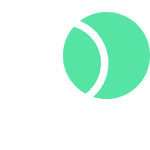
About D.A.L
More than half of the world’s population lives in cities. By 2050, this will have increased to two thirds, and as more people move to cities for a better life, millions of young people are growing up in environments that struggle to meet their needs.
Despite increased commitments made by global and local actors in line with Sustainable Development Goal 11, the majority of the world’s urban development fails to address the problems caused by inadequate infrastructure, urban poverty, and social exclusion.
EUROSTAT data also singles out SDG 13 ‘Climate Action’ as one of the areas in need of more and faster progress. Looking at the indicators for SDG 13, the main reason for EU’s moderate advance is the need to reduce energy consumption in all its forms. An integrated approach, such as the one proposed under the mission, can contribute to mitigating this challenge where energy consumption is at its highest: urban areas.
(https://ec.europa.eu/eurostat/web/sdi/key-findings)
In cities, we often find the best of culture, healthcare, education, and opportunity, but many of these fast-growing environments are experiencing increasing and deepening inequalities. For example, cities only occupy 2 percent of the world’s total land but stand for 70 % of the global economy, 70 % of the global waste, and 70 % of greenhouse gas emissions. While this poses some challenges, one clear opportunity is to further include young people’s voices in decisionmaking processes. As a generation that to a large extent is engaged in digital spaces and are important drivers of social, economic, and political change, their active involvement is key for successful and sustainable, inclusive transformation of cities.
A holistic and transformative mission for Smart Green Cities based on citizen participation especially youth and social inclusiveness, can contribute and help EU progress towards multiple SDGs.
General for Research & innovation 2020 Clean Planet mission boards one of the two proposal to the European Commission for a mission on climate-neutral and smart cities is ''promoting a systemic change and transformation of cities, including via the adoption of the ‘by and for the citizens’ way of thinking and working '' .The Mission proposes a multi-level co-creation process through the introduction of a Climate City Contract. The purpose is to: Coordinate stakeholders and empower citizens in the city around a common climate goal.
DREAM – ACT –LEAD Eramus+ project aims to catalyse stakeholders and drive policy change through inclusive engagement and advocacy. The initiative collaborates with young people , municipalities and/or governorships , policymakers, to nurture wellbeing and opportunity for all. The change will be driven by local-level programming and implementation together with young people.We believe that future cities will be planned in an inclusive manner, involving all citizens.
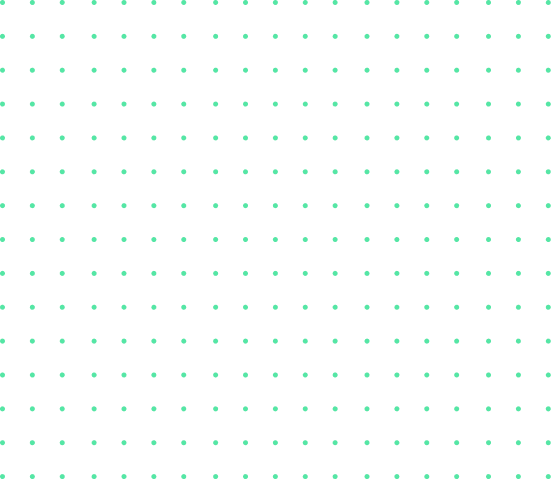

eurostat
13 Climate Action
- Climate mitigation
Net greenhouse gas emissions
"
Insufficient progress towards the EU target
- Climate mitigation
Net greenhouse gas emissions from land use, land use change and forestry
Movement away from the EU target
- Climate mitigation
Share of renewable energy in gross final energy consumption
Moderate progress towards the EU target
- Climate mitigation
Average CO2 emissions from new passenger cars
"
Calculation of trend not possible
- Impacts And Adaptations
Climate-related economic losses
"
Movement away from the EU target
- Impacts And Adaptations
Population covered by the Covenant of Mayors for Climate and Energy signatories
Significant progress towards the EU target
- Financing climate action
Contribution to the international 100bn USD commitment on climate related expenditure
Significant progress towards the EU target
DAL
Partners
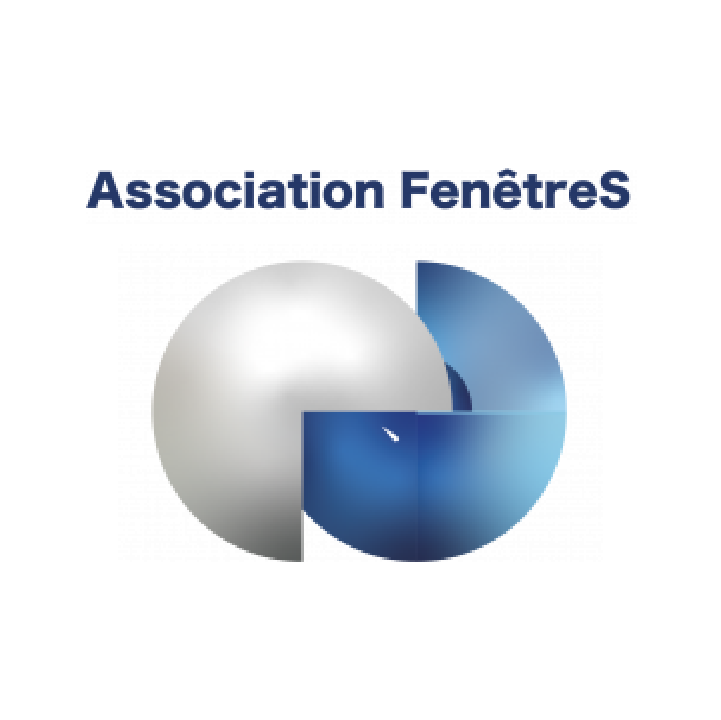
FenêtreS
FenêtreS is first of all an association whose activities are part of a general interest approach - social actions - intellectual productions and awareness events open to all..
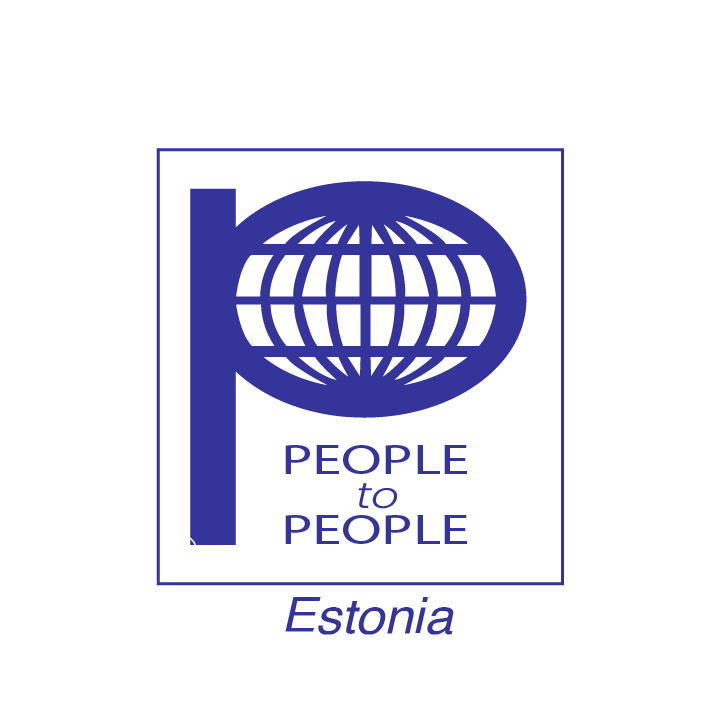
Eesti People to People
Eesti People to People is a non-profit organisation registered in
Estonia in 1997 and with activities since 1993 as a chapter of People to People International NGO..

IOVA
-IOVA is an organization of non-profit nature, counts more than one hundred individuals as members, young and creative citizens, people who share values, ideas, thoughts, reflections and vision..
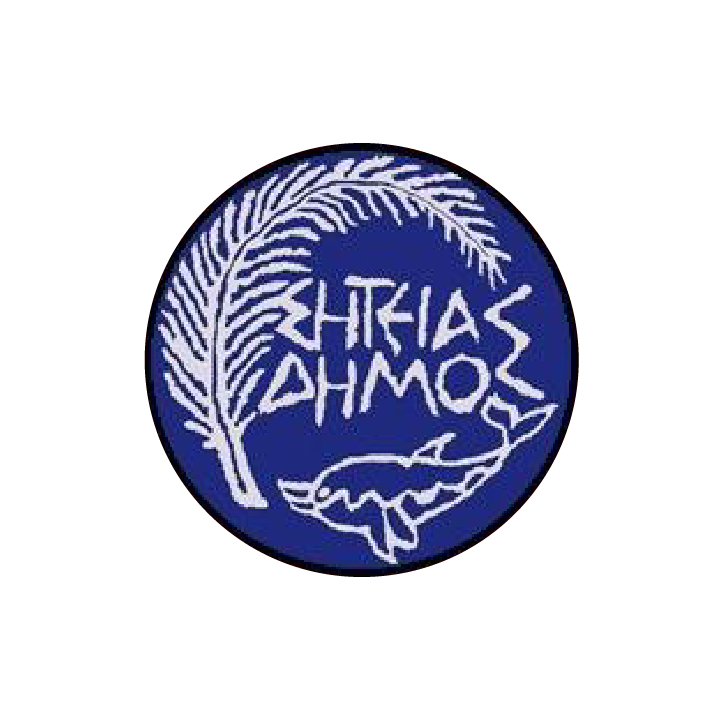
Dokas
(DOKAS) is the management agency of the Sitia Nature Park. As an agency, DOKAS meets all the necessary specifications for successfully carrying out the work of the management agency..

Demostene
DEMOSTENE Centro Studi is a youth non-governmental, research centre and non-profit organization born in 2014 and committed in education, mobility and international cooperation..
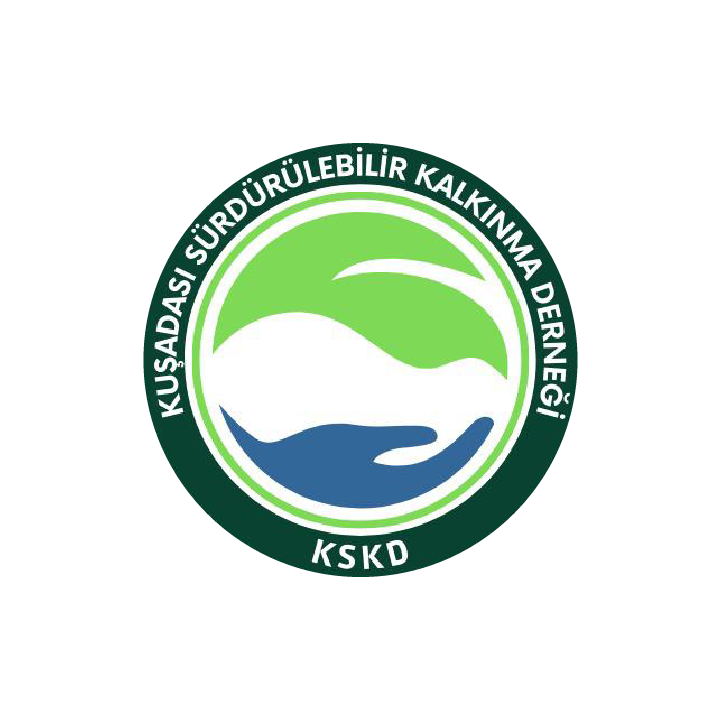
KSKD
KSKD (Association of Kuşadası Sustainable Development) is a new NGO, but it is committed to achieving its goals. Their work contributes to the implementation of the European Green Deal..
RESULTS
Training Framework
Introduction
1.Smart City: What is It and Why is it important ?
What is smart city and why are many people taking about it? In the last several years there has been explosive growth of information and communication technologies (ICTs) due to advancement of hardware and software designs…
2.Smart Cities: Components and Characteristics
Components and characteristics of the smart city are summarized in Fig. 2. There are many components of a smart city and 8 different components have been presented in the figure…
3.Smart Infrastructure and Building
In the traditional sense, a city’s infrastructure encompasses the physical components that form the essential framework for the city’s functioning, including roads, buildings, and bridges. However, within the context of smart cities, the concept of infrastructure extends beyond the purely physical realm to encompass anything that serves as the foundation for the city’s smart operations, encompassing physical, electrical, and digital elements…
4.Smart Transportation
Traditional transportation systems or facilities such as the railway network,road transport, airlinetransport, and water transport have existed for a long time. In traditional transport each of these operates independently even in a specific type of transportsystem, making global usage difficult…
5.Smart Energy
Energy is the property of an object or system which defines its ability to produce work. Energy can be in various forms such as potential energy, kinetic energy, chemical energy, and thermal energy. Energy sources are also quite diverse including solar, fossil fuels,gas, electricity, and battery. Energy can be neither created nor destroyed but can be transformed from one form to another…
6.Smart Healthcare
In today’s world, the traditional healthcare system is grappling with the challenges posed by rapid population growth. The sheer number of patients often overwhelms the available medical practitioners, leading to a strained healthcare infrastructure. Tragically, errors in the handling of infectious diseases and medication mix-ups occur far too frequently…
7.Smart Technology
Smart technology is key for the design, implementation, and operation of smart cities. A variety of selected technologies used in smart cities is presented in Fig. 7. A diverse variety of components including infrastructure, buildings, physical structures, electrical infrastructure, electronics, communication infrastructure, information technology infrastructure, and software ,make the smart cities happen…
8.Smart City Design
The challenges encountered in the pursuit of building smart cities are notably diverse and intricate, encompassing a multitude of facets. Some of the pivotal challenges include cost considerations, efficiency optimization, sustainability goals, communication infrastructure, safety protocols, and security measures, as depicted in Figure 8. These design challenges are subject to a myriad of influencing factors, spanning the natural environment, government policies, social communities, and economic dynamics…
9.The Internet of Things (IoT) in Smart Cities
At the heart of smart city implementation stands the Internet of Things (IoT). In simpler terms, the IoT serves as the essential technological backbone that underpins smart cities, as illustrated in Figure 9. For smart cities to thrive, they must possess three crucial attributes: intelligence, interconnectivity, and instrumentation, all of which the IoT adeptly provides. It can be confidently stated that the utilization of the IoT is what renders the concept of smart cities not only conceivable but also attainable…
10.Big Data in Smart Cities
In broad terms, Big Data denotes a vast collection of intricate and extensive datasets that pose challenges to be processed effectively using conventional database management tools or traditional data processing applications. The interplay between the Internet of Things (IoT), Big Data, and Smart Cities is profound, as each component relies on the others for optimal functionality…
Conclusion
In the grand scheme of things, a city represents a complex web of interconnected systems, each with its unique history and situated within a specific social and environmental context. To truly flourish, a city relies on the harmonious collaboration of these key systems, leveraging their collective resources to confront the challenges it encounters. The degree of “smartness” embodied by a city reflects its capacity to unite these resources effectively, optimizing operations with the utmost efficiency to fulfill its intended objectives…
Training Framework "English" Language File
Training Framework "Estonian" Language File
Training Framework "Greek" Language File
Training Framework "Italian" Language File
Training Framework "French" Language File
Training Framework "Turkish" Language File
* DREAM * ACT * LEAD * ERASMUS+ * PROJECT * SMART * CITIES * DREAM * ACT * LEAD * ERASMUS+ * PROJECT * SMART * CITIES * DREAM * ACT * LEAD * ERASMUS+ * PROJECT * SMART * CITIES * DREAM * ACT * LEAD * ERASMUS+ * PROJECT * SMART * CITIES * DREAM * ACT * LEAD * ERASMUS+ * PROJECT * SMART * CITIES *
BLOG POST








